
Long underwear has been a household name for decades. However, it’s come a long way in terms of popularity, materials used, durability and performance. These day, long underwear is also known as base layer, first layer or performance underwear. Since base layers are worn directly against the skin, it’s imperative that it’s soft and has the ability to regulate your temperate, while keeping you dry. The fit is also important. Anyone who spends time outdoors, regardless of the season, can benefit from proper base layers. We’ve broken down the base layer basics, so you can make an educated decision on what type will be best for your needs…
Base Layer Benefits
Moisture Wicking – Moisture wicking base layers enable sweat to be drawn away from the body during exercise, allowing it to evaporate on the surface of the material, rather than on the skin. In order to perform at your peak and be comfortable at all times, it’s crucial to wear base layers rather than cotton. Cotton absorbs sweat, does not dry and drenches the wearer in sweat which increases body weight and causes discomfort. Polyester, nylon, wool or silk, on the other hand, will draw sweat away from the body and makes for all day long comfort regardless of your activity level.
Temperature Control – The other main reason people choose to wear base layers is due to it’s ability to regulate your body temperature during exercise. In cold weather, muscles are more susceptible to injury, so it’s important to keep those core muscles warm. Base layers designed for colder weather often use a thicker fabric, which will trap the warm air between your body and the garment. They also often have a brushed interior to aid in heat retention. Brands like Burton offer a wide selection of base layers designed for cold weather use.
On the flip side, certain base layers are designed to keep you cool during warmer temperatures. Lightweight base layers that specialize in evaporating warm sweat from the body, help you stay cool and light. Some tops can hardly be felt on the skin because they are so light and airy! Patagonia and The North Face have mastered the art of lightweight base layers for warm temperatures.
Base Layer Materials
- Synthetic – Polyester is the primary and most popular material used in synthetic base layers…and for good reason! It’s easy to care for and has incredible moisture wicking properties. Sometimes, base layers are also blended with 5-15% elastane (spandex) for a stretchier fabric that moves better with the body.
- Wool – Wool had a bad rap for being itchy for decades. Merino wool, which has incredibly soft and fine fibers, is pretty much the standard type of wool used in clothing these days and has greatly contributed to wool’s present popularity. Wool absorbs water like cotton, but unlike cotton, wool retains warmth when wet. It also has natural antibacterial properties, making it preferable to synthetics for some people since it’s unlikely to smell during a workout.
- Silk – Yup, silk base layers are silky smooth. Silk is ideal for cool to cold weather and is often treated with chemicals to enhance wicking properties. It’s thin, layers well and feels great against the skin.
Base Layer Fabric Weights
Base layers just get better and better every season. They’re not just for wearing under your ski clothes anymore. Runners, hunters, yoga practitioners, hikers and climbers alike all find base layers an essential component of their closet. Additionally, industry standards of fabric weights have developed and caught on over the years making it easier for people to choose the most appropriate weight for different activities. We’ve broken down the most common weights:
- Microweight – Less common but still relevant, microweight is best for cool conditions. People who tend to run a little warmer in general are drawn to this super thin weight.
- Lightweight – For cool to moderately cold conditions, lightweight base layers are extremely popular. They’ll wick the moisture, but won’t allow you to overheat. They can often be worn year-round.
- Midweight – Also very common, midweight base layers are designed for moderately cold to cold conditions. If the temp is moderate, but the windchill is cold, mid weights will take the bite off.
- Heavyweight – Cold, frigid and blustery conditions demand heavyweight base layers. People who are never in such conditions won’t need this weight.
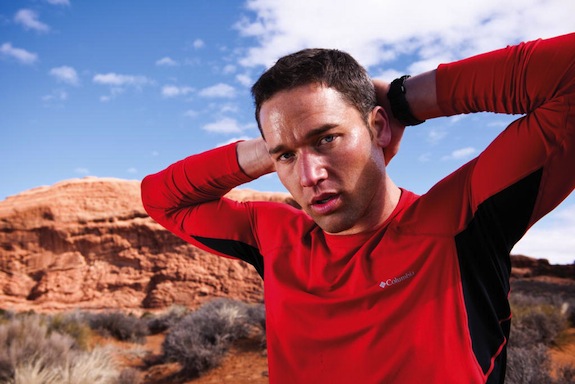


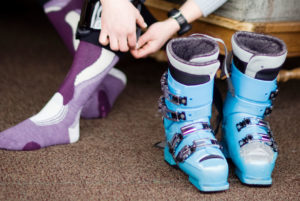
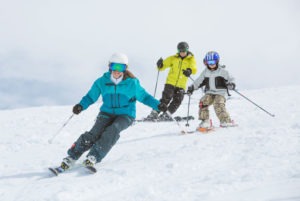
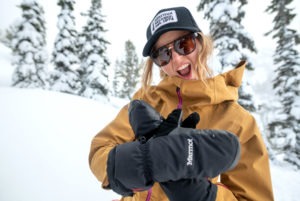
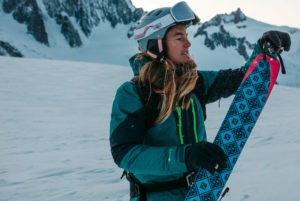

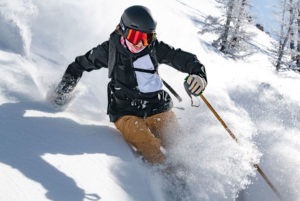
If I was to wear a pair of GoreTex snowboard pants on the outter shell, which type of layer would I want? The temps will range from -10 to 20 most of the time and we will be riding bowls and backcountry.
I kid you not cross country / nordic ski pants will keep you ULTRA warm. Check out all of them HERE: https://www.the-house.com/cross-country-ski-pants.html